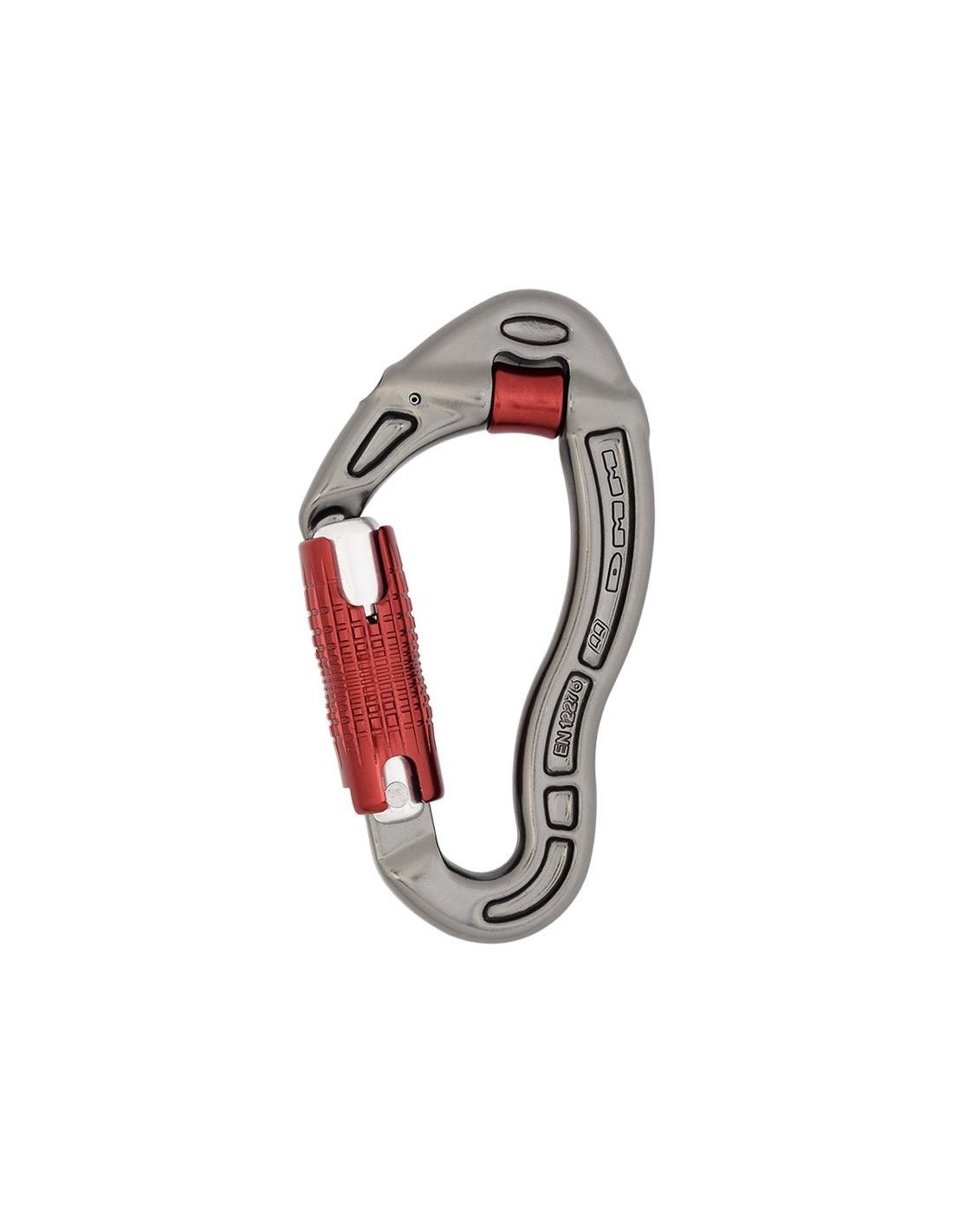

If you use a lot of keyboard shortcuts and want to reduce the number of keypresses, I recommend it.One of the larger reasons I find myself switching between OSes, and away from macOS in particular, is its inability to play nice with non-standard keyboard layouts. I’ve been using the Hyper key for one week, and dig it. In Karabiner-Elements → Function keys, with the Apple keyboard selected (not internal), I made changes to these physical keys: On the Apple Wireless Keyboard, the brightness_down and brightness_up keys would adjust the built-in display, not the LG display (desired). My current work setup is a 13-inch M1 MacBook Pro (2020) connected to the LG display and very old Apple Wireless Keyboard. Apple Wireless Keyboard (4 th generation).I made three adjustments for Karabiner-Elements to work with the following devices: I probably don’t need the “Move Active Tab” ones, but those can help if I want to temporarily reorder tabs without using the trackpad. Hyper-G: Filter Grayscale (helpful for content review).Hyper-→: Close Tabs to the Right (or above, if the tab bar position is to the left).Hyper-←: Close Tabs to the Left (or above, if the tab bar position is to the left).

I use Hidden Bar, an open source Mac app to hide/show menu bar icons with Hyper-B. I use Itsycal - “a tiny menu bar calendar” - to glance at the next few days in my selected calendars with Hyper-I. I set the hotkey in the Alfred workflow to Hyper-P.

I’ve had PopClip installed for years, and a friend/colleague ( Clicky Steve) made an Alfred workflow to trigger the menu as needed. To open Alfred’s Clipboard History Viewer, the hotkey is Hyper-C. I created an Alfred workflow ( Powerpack required) to open the following apps: With Caps Lock mapped to Hyper key (Caps Lock if used by itself), I can do some stuff more easily, with less keypresses. I installed Karabiner-Elements to use Caps Lock as a Hyper key ( Shift-Control-Option-Command) on my Mac, and figured I’d share my setup here.


 0 kommentar(er)
0 kommentar(er)
